The Most Anticipated Books of 2024
I want to be LeVar Burton, too: Welcome to the Reading Rainbow.
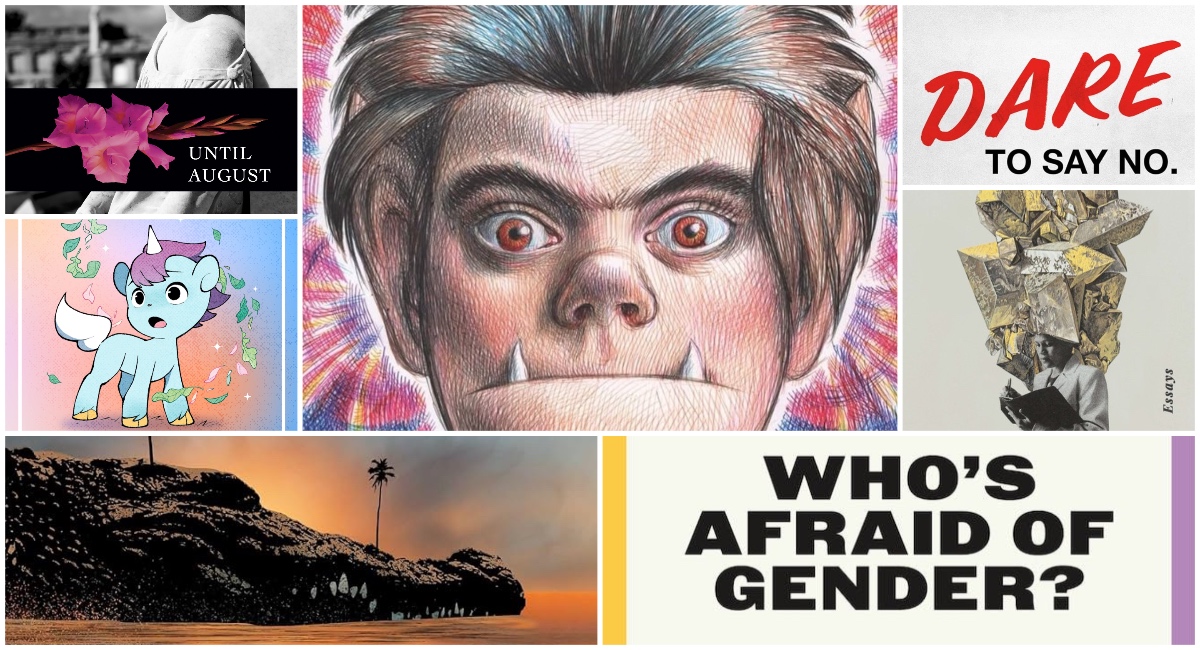

Need some new books to add to your TBR list? Here are the 11 most anticipated books of 2024!
What Have We Here? Portraits of a Life by Billy Dee Williams (February 13)
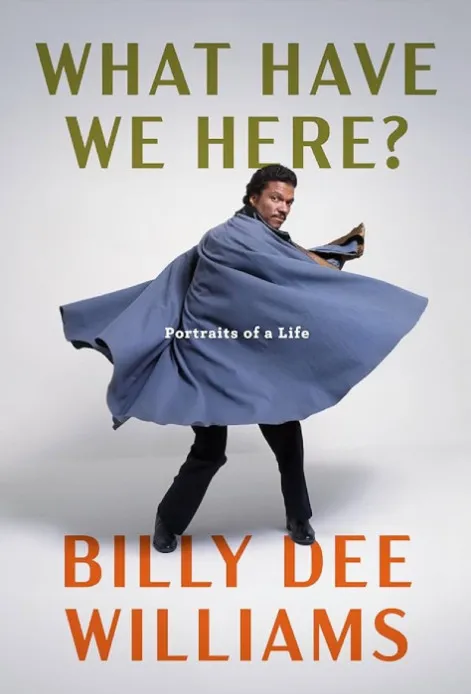
In Billy Dee Williams’s recently released memoir, What Have We Here?, the legendary Lando Calrissian actor recalls his nearly six-decade journey overcoming barriers in the mostly all-white industry in which he triumphed, having appeared in over 100 film and television roles.
The charming account of the life of Williams, born in Harlem in 1937 at the end of the Harlem Renaissance, begins with how he discovered a love of acting at seven years old when he worked on Broadway alongside Lotte Lenya in an Ira Gershwin and Kurt Weill production of The Firebrand of Florence, where he ended up feeding Lenya her lines, and ends with his journey as the first Black character in the Star Wars universe, where he became a true pop culture icon. As he writes, “What I presented on the screen people didn’t expect to see.”
The House of Hidden Meanings by RuPaul (March 5)
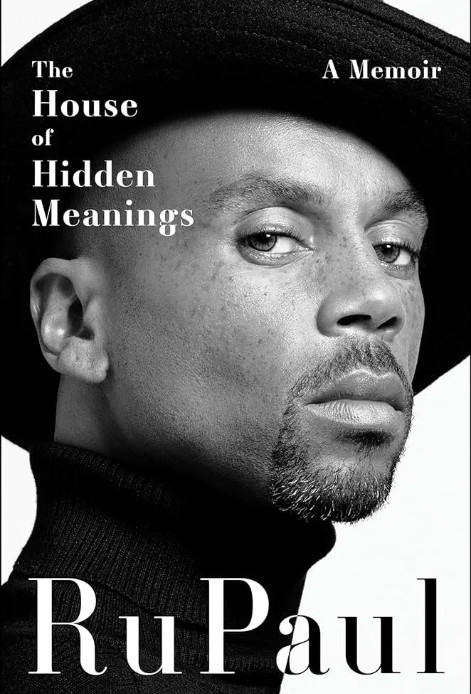
In RuPaul’s latest autobiographical work, The House of Hidden Meanings, the RuPaul’s Drag Race creator and host opens up like never before. The upcoming memoir details the challenges RuPaul faced growing up Black, queer, and fatherless in San Diego, California, and how the performing arts and his relationship with longtime partner-turned-hubby Georges LaBar, who has been with RuPaul for over 25 years, helped him find the self-acceptance he needed to get sober and succeed in changing what the world thinks of drag (and along the way, also changing what RuPaul thinks of as drag, as he’s gradually accepted gender diverse performers). As he said on X (formerly Twitter), “This world today feels so hostile and it’s such a scary place to be vulnerable in, but I did it. So get ready”
The autobiography’s official description reads: “If we’re all born naked and the rest is drag, then this is RuPaul totally out of drag. This is RuPaul stripped bare.”
Until August by Gabriel García Márquez (March 12)
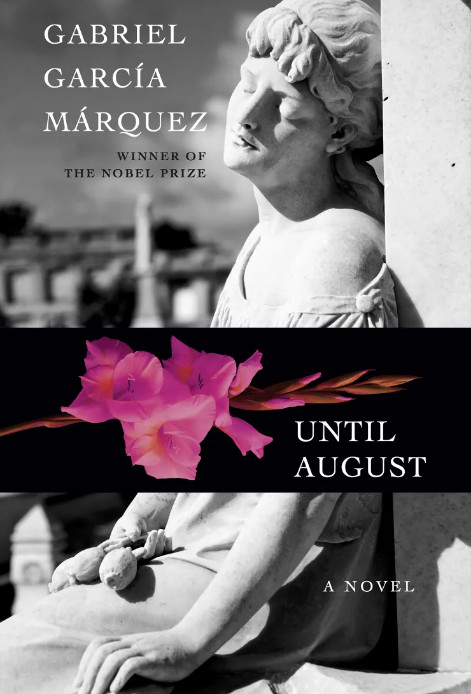
A decade after the death of the Nobel Prize-winning literary giant Gabriel García Márquez, his sons have granted permission for the posthumous release of their father’s last novel, Until August, about a happily married woman who travels every August to the island where her mother his buried, and for one night takes a new lover. When the iconic Colombian writer, best known for One Hundred Years of Solitude, died in 2014 from pneumonia, he decided not to publish his final work due to his late-in-life struggle with dementia, despite receiving his final sign-off.
“Until August was the result of our father’s last effort to continue creating against all odds,” said Rodrigo and Gonzalo García Barcha. “Reading it once again almost ten years after his death, we discovered that the text had many highly enjoyable merits and nothing that prevents us from delighting in the most outstanding aspects of Gabo’s work: his capacity for invention, his poetic language, his captivating storytelling, his understanding of humankind and his affection for our experiences and misadventures, especially in love, possibly the main theme of all his work.”
You Get What You Pay For by Morgan Parker (March 12)
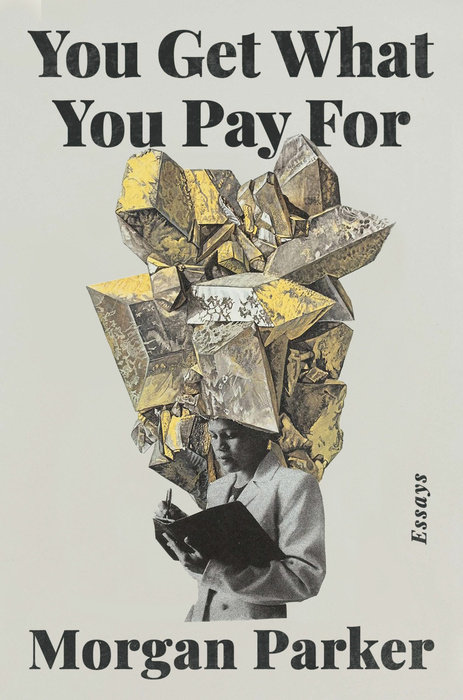
A new essay collection, titled You Get What You Pay For, from the award-winning writer and poet of Magical Negro and There Are More Beautiful Things Than Beyoncé, traces the Black woman’s psyche throughout American history—”from the foundational trauma of the slave trade all the way up to Serena Williams and the aftermath of Hurricane Katrina.” As Morgan Parker’s first nonfiction book, her collection of memoir-in-essays draws from her own experiences with therapy. In the collection, the Who Put This Song On? author “tries to square the resonance of her writing with the alienation she feels in nearly every aspect of life, from her lifelong singleness to a battle with depression,” tracing “this loneliness to an inability to feel truly safe with others and a historic hyperawareness stemming from the effects of slavery.”
Who’s Afraid of Gender? by Judith Butler (March 19)
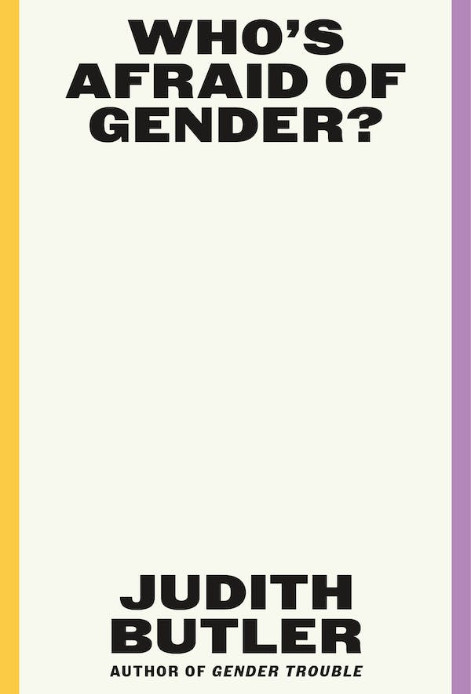
Judith Butler, known by younger generations for their public row with JKR and by older generations for their iconic book Gender Trouble (1990) defining gender performativity, has a book arriving in March. In Who’s Afraid of Gender?, they discuss how attacks on “gender” are central to right-wing movements—and while my review copy just arrived, I can tell that it’s what I wanted from Butler’s next book. In the novel, Butler unpacks the fear-mongering tactics of anti-gender ideology movements “dedicated to circulating a fantasy that gender is a dangerous, perhaps diabolical, threat to families, local cultures, civilization—and even ‘man’ himself,” and how the rhetoric of public figures inflames these beliefs.
“The aim of Who’s Afraid of Gender? is not to offer a new theory of gender but to examine how ‘gender’ has become a phantasm for emerging authoritarian regimes, fascist formations, and transexclusionary feminists,” reads the synopsis. “In their vital, courageous new book, Butler illuminates the concrete ways that this phantasm of ‘gender’ collects and displaces anxieties and fears of destruction. Operating in tandem with deceptive accounts of ‘critical race theory’ and xenophobic panics about migration, the anti-gender movement demonizes struggles for equality, fuels aggressive nationalism, and leaves millions of people vulnerable to subjugation.”
DARE to Say No: Policing and the War on Drugs in Schools by Max Felker-Kantor (April 2)
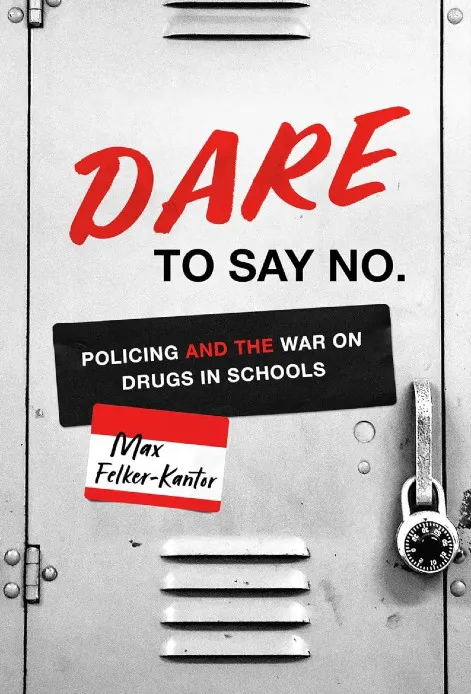
DARE stands for Drug Abuse Resistance Education, and I was a DARE kid (as a kid, part of the fun was saying it as much as possible: I dare you, I dare you, I dare you …). I smoked marijuana in an old, ratty DARE tee and everything, a fact that matters to my life beyond the cliche. Somehow, DARE made drugs look so cool, though I’m pretty sure the “Can I snort that?” game was not the program’s intended effect—or was it?
As told through my own ethnography, basically, I just detailed the premise of Max Felker-Kantor’s upcoming book about DARE—DARE to Say No: Policing and the War on Drugs in Schools—a popular drug education program that you probably attended as well if you grew up in the 1980s and 1990s. In the same vein as When Crack Was King, one of my best nonfiction 2023 picks, Felker-Kantor’s book accounts for how “DARE and other anti-drug education programs brought the War on Drugs into schools.”
“Police had long been involved with young people through Police Athletic Leagues, community relations programs, and Officer Friendly presentations,” Felker-Kantor wrote in a Slate article. “None of these programs integrated the police into the daily life of the schools through education as completely as DARE, with the accompanying goal—and potential consequences—of making the police officer a trusted friend and mentor to millions of kids nationwide.”
The Demon of Unrest by Erik Larson (April 30)
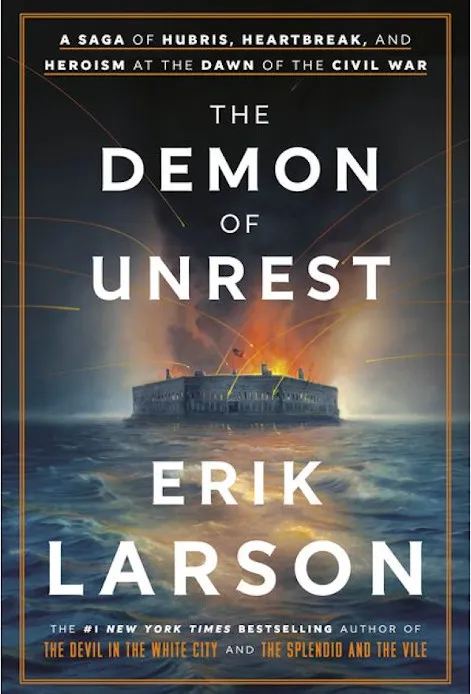
The New York Times bestselling author of six books (of which two have reached #1 shortly after launch), Erik Larson, known for his easy-to-read accounts of significant historical events, has a new novel, The Demon of Unrest. In it, Larson draws on secret communiques, slave ledgers, plantation records, and diaries to recreate the time between November 6, 1860, when Abraham Lincoln was elected the 16th U.S. president, and April 12, 1861, when the first shots of the Civil War were fired in Charleston Harbor: Fort Sumter. In an interview with the Associated Press, Larson said he was particularly interested in exploring “the human element—the hubris, the personalities, the ambitions, the egos”—that led to America’s fracturing.
“At the heart of this suspense-filled narrative [about the Civil War] are Major Robert Anderson, Sumter’s commander and a former slave owner sympathetic to the South but loyal to the Union; Edmund Ruffin, a vain and bloodthirsty radical who stirs secessionist ardor at every opportunity; and Mary Boykin Chesnut, wife of a prominent planter, conflicted over both marriage and slavery and seeing parallels between them,” reads the book’s description. “In the middle of it all is the overwhelmed Lincoln, battling with his duplicitous secretary of state, William Seward, as he tries desperately to avert a war that he fears is inevitable—one that will eventually kill 750,000 Americans.”
You Like It Darker by Stephen King (May 21)
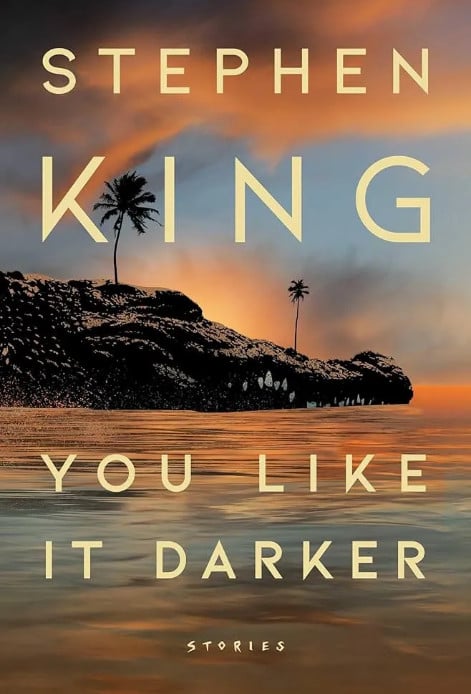
Stephen King (code name: King of Horror) has a new short story collection arriving in May, You Like It Darker, which includes a sequel to Cujo, and he promises the 12 stories will be “some of his best EVER.” Reflecting on his entire body of work—from Carrie to Misery to Holly—King’s writing has returned to its apex as he reflects on his mortality through his art. In his recent novels, the 2014 National Medal of the Arts winner has given readers glimpses into his own attempts to grapple with his death and how he wants to be remembered (as in Fairytale, where an older writer reflects on living fairytales in his childhood alongside his dog, or as in Billy Summers, where a wannabe writer reflects on his relationship with a surrogate kid)—something I call terror management under a literary microscope—and it seems like this collection will be no different. “You like it darker? Fine, so do I,” writes King in the book’s afterword.
My Favorite Thing Is Monsters Book Two by Emil Ferris (May 28)
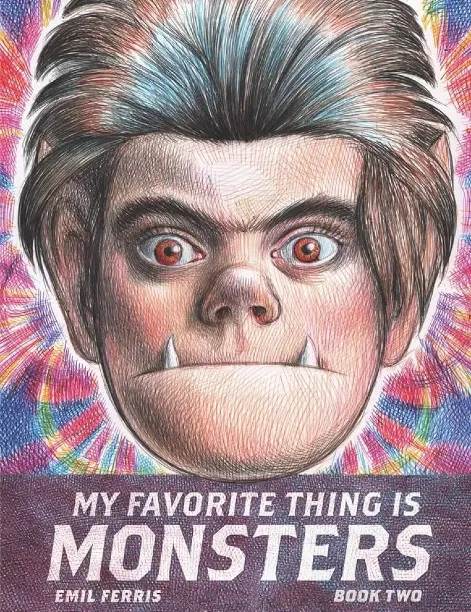
Published in 2017, part one of ex-McDonald’s toy designer (a fact for Lumberjanes creator Shannon Watters) and Lambda Literary Award-winning cartoonist Emil Ferris’ My Favorite Thing is Monsters series sold out of its first two printings, won multiple awards, including the Angouleme Comics Festival’s prestigious Fauve d’Or, and was optioned by Sony Pictures after a four studio bidding war. Although Fantagraphics originally planned to publish part two in 2017, the book’s publication was delayed, allowing Ferris more time to polish 10-year-old Karen Reyes’ fictional graphic diary.
According to Fantagraphics, “In Book Two, dark mysteries past and present continue to abound in the tumultuous and violent Chicago summer of 1968. Young Karen attends the Yippie-organized Festival of Life in Grant Park and finds herself swept up in a police stomping. Privately, she continues to investigate Anka’s recent death and discovers one last cassette tape that sheds light upon Anka’s heroic activities in Nazi Germany. She wrestles with her own sexual identity, the death of her mother, and the secrets she suspects her brother Deez of hiding.” My Favorite Thing Is Monsters Book Two will be available May 28, 2024.
Children of Anguish and Agony by Tomi Adeyemi (June 25)
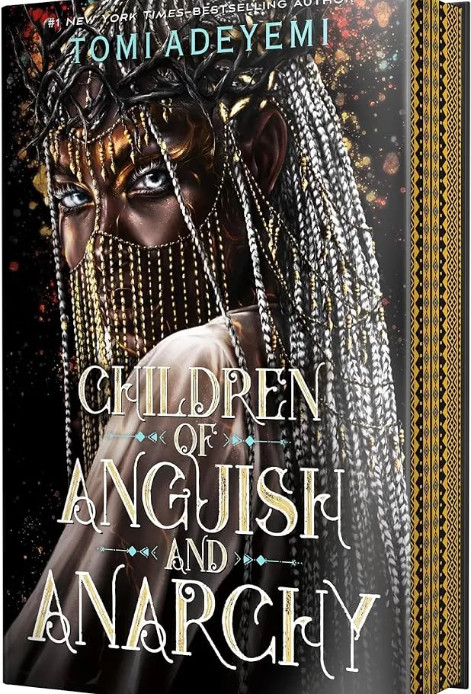
Children of Anguish and Agony is the long-awaited conclusion of Nigerian American novelist Tomi Adeyemi’s #1 New York Times-bestselling YA trilogy Legacy of Orïsha, which was optioned by Paramount in 2022 after a planned adaptation by Fox 2000 and then Disney’s Lucasfilm stalled. The action fantasy series debuted in 2018 with Children of Blood and Bone and is an alternate history of Africa, where a class of magic practitioners (known as “maji”) are brutally oppressed. The trilogy follows heroine Zélie Adebola on a mission to restore magic to Orïsha following the monarchy’s oppression of her people. Adeyemi’s first two books in the series awed me with cinematic descriptions of magic, reminiscent of Susanna Clark’s spells in Jonathan Strange & Mr. Norell, juxtaposed against the use of genre to depict institutional violence against Black people.
“There is a lot of anguish for the characters in this book,” Adeyemi told Entertainment Weekly. “I mean, I put them through a lot throughout the entire series, but I think in this book in particular, the characters are both fighting a conflict out in the external world and also inside of themselves, because they’ve just been taken completely out of anything they ever thought they would be battling with. They’ve spent the first two books in the series fighting maji against non-maji, maji against the monarchy, fighting with the grief of the past, and fighting for a new future. But in book three, they have to face a bigger enemy, a larger enemy, and it’s something they never could have anticipated.”
UNICO: Awakening by Samuel Sattin, original concept by Osamu Tezuka, and art by Gurihuru (August 6)
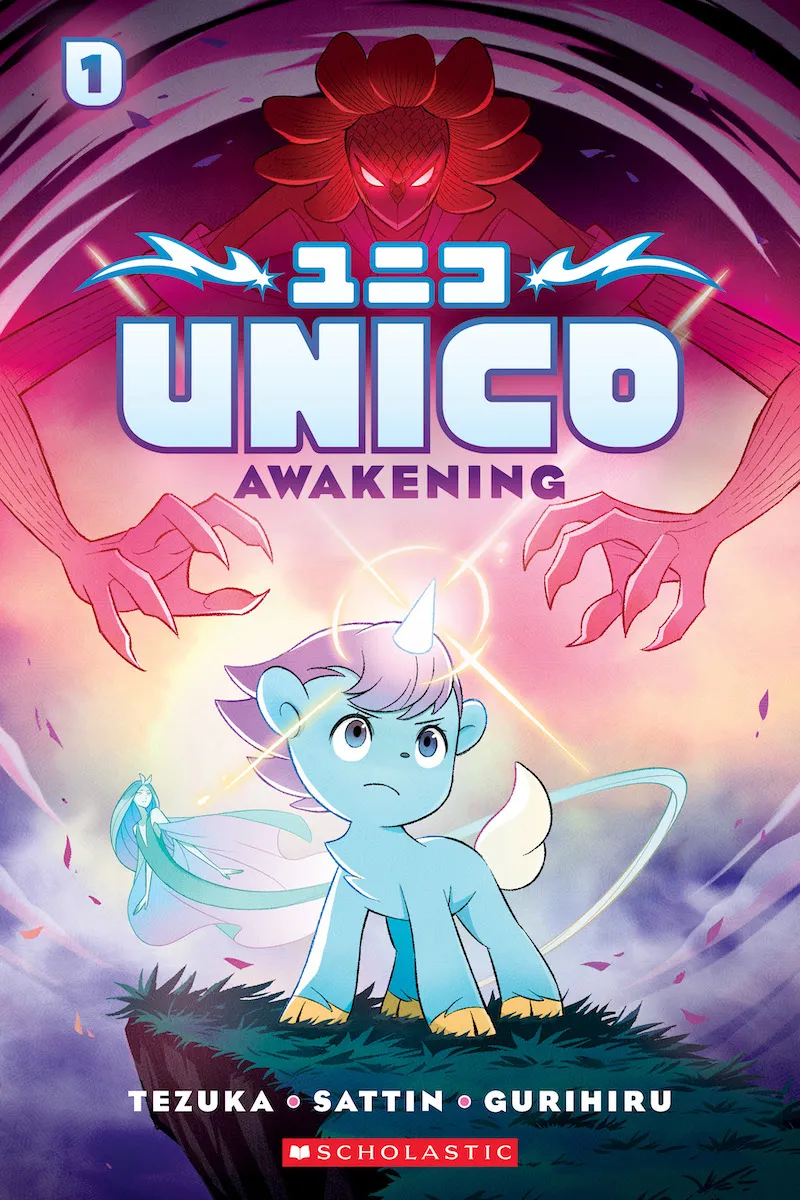
Unico, an adorable baby unicorn with a pink mane and tragic past created by the God of Manga himself, Osamu Tezuka, in the 1970s, is being reimagined as a full-color manga by artist team Gurihiru and writer Samual Sattin. After a successful Kickstarter campaign, raising over $170,000, the adaptation was picked up by the Scholastic imprint Graphix, which means that even more manga fans will have a chance to discover what Unico has taught readers about being environmentally and socially conscious. “In Unico: Awakening, Gurihiru and I are paying tribute to Tezuka’s vision by taking a deep look at the characters and reimagining the context of their adventures,” Sattin said in an interview with Comics Beat about how this new story reimagines the classic character.
(featured image: Fantagraphics/Macmillan Publishers/Simon & Schuster/Kickstarter/The University of North Carolina Press/4th Estate/Penguin Random House)
Have a tip we should know? [email protected]